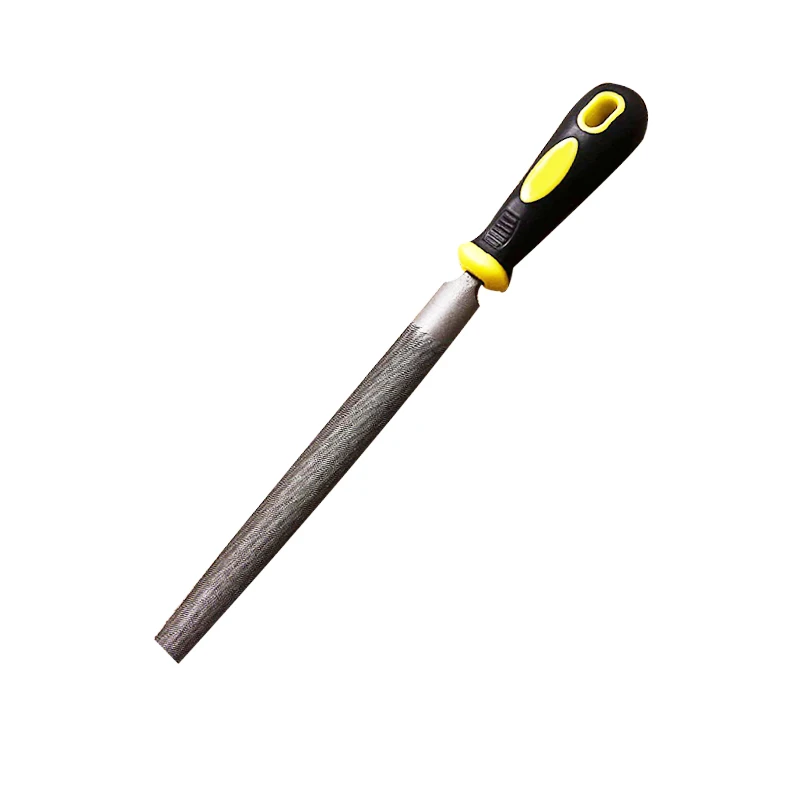film slitting machine
The Film Slitting Machine An Essential Technology in Packaging and Manufacturing
In the dynamic world of packaging and manufacturing, efficiency and precision are paramount. One essential piece of equipment that plays a critical role in this arena is the film slitting machine. Specifically designed to convert large rolls of flexible materials into narrower rolls or specific widths, these machines significantly enhance production capabilities and meet the varying demands of different industries.
The Basics of Film Slitting Machines
A film slitting machine operates by cutting large rolls of films—made from materials such as plastic, polyolefin, or biodegradable films—into narrower strips. This process is crucial for industries that require specific widths of films for packaging products ranging from food items to electronic gadgets. The technology behind slitting machines has evolved phenomenally, enabling higher speeds, greater accuracy, and improved final product quality.
How It Works
Film slitting machines involve several key components unwind stations, slitting blades, and rewind stations. The process begins with the large parent roll being unwound. As the film is fed through the machine, it passes over precision slitting blades that cut it into the desired widths. The cut material is then rewound onto new rolls, ready for further processing or direct shipping to customers.
Depending on the complexity of the project and the type of film being processed, there are two primary methods of slitting rotary slitting and shear slitting. Rotary slitting uses circular blades that continuously rotate while cutting, making it highly efficient for high-speed applications. On the other hand, shear slitting employs straight blades and is often used for thicker materials that require a different approach for clean cuts.
Applications of Film Slitting Machines
film slitting machine

The versatility of film slitting machines makes them indispensable in numerous sectors. In the food packaging industry, for instance, they are used to produce vacuum pouches and wrapping films that help preserve freshness. The medical industry relies on slitting machines for sterile packaging films that maintain hygiene standards. Other applications include labels, tapes, and various types of protective films for electronics and automotive parts.
Furthermore, with the increasing demand for sustainable packaging solutions, slitting machines are evolving. Manufacturers are now producing machines that can handle biodegradable and recyclable films, aligning with global sustainability goals. This adaptation not only meets consumer demand for eco-friendly products but also enables businesses to stay compliant with regulations regarding environmentally friendly packaging.
Benefits of Using Film Slitting Machines
The implementation of film slitting machines in production lines offers numerous advantages. First and foremost, they significantly improve operational efficiency. High-speed machines can process large volumes of materials, thereby reducing labor costs and minimizing waste. The accuracy of modern slitting machines also ensures that the end product is cut to the exact specifications, which is crucial for maintaining quality control in production processes.
Moreover, these machines require minimal maintenance, resulting in less downtime. Their advanced technology often includes features like digital controls and automation, which facilitate easy adjustments and improved productivity. Operators can monitor the slitting process in real-time, allowing for swift corrections should any issues arise.
Conclusion
In summary, the film slitting machine is a vital asset in the packaging and manufacturing industry. Its ability to transform large rolls of film into specified widths efficiently and accurately cannot be overstated. As industries continue to adapt to changing consumer preferences and sustainability demands, the role of film slitting machines will only grow in significance. Manufacturers that embrace this technology will not only enhance their operational capabilities but also position themselves as leaders in a competitive market. With innovations in slitting technology on the horizon, the future looks promising for this indispensable machinery.
Share
-
The Best Lubricants for Aluminum Roller GuidesNewsJul.23,2025
-
Slitting Machine Applications in the Packaging IndustryNewsJul.23,2025
-
Rolling Roller Balancing Techniques for Smooth OperationNewsJul.23,2025
-
How To Optimize An EV Battery Assembly LineNewsJul.23,2025
-
Energy Efficiency in Modern Battery Formation EquipmentNewsJul.23,2025
-
Automation Trends in Pouch Cell Assembly EquipmentNewsJul.23,2025







